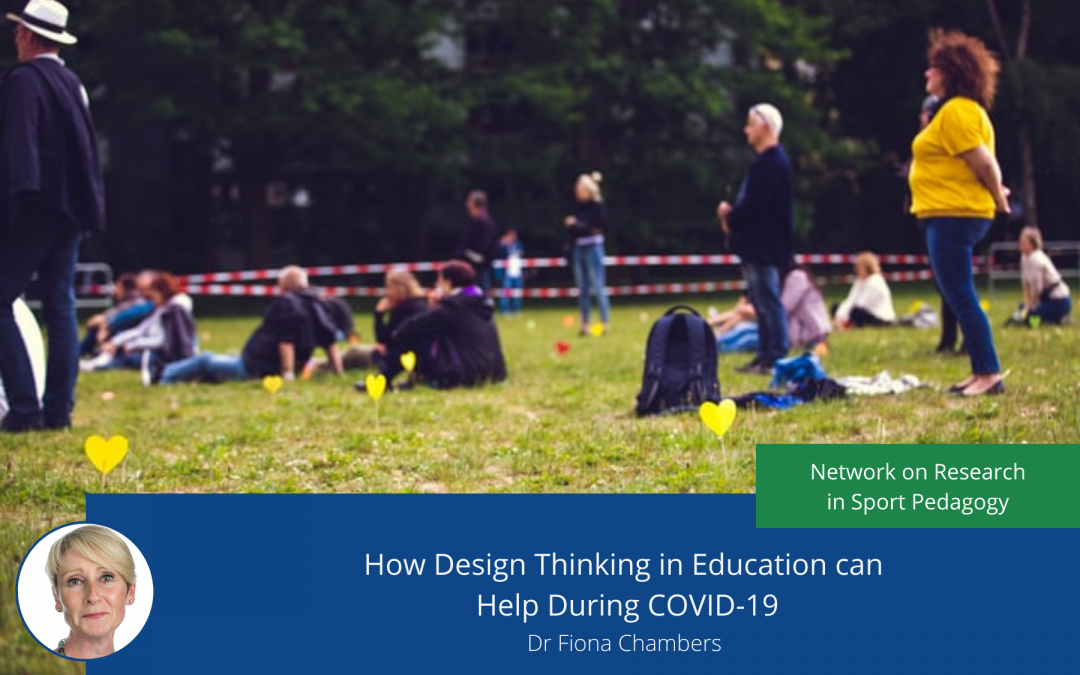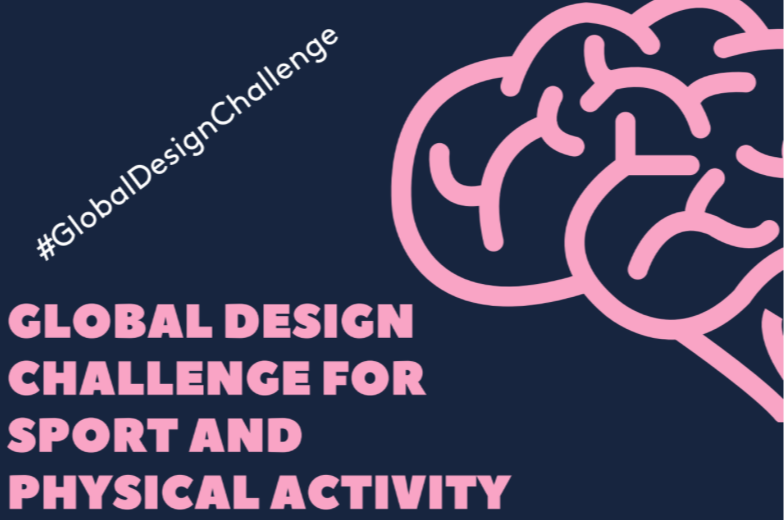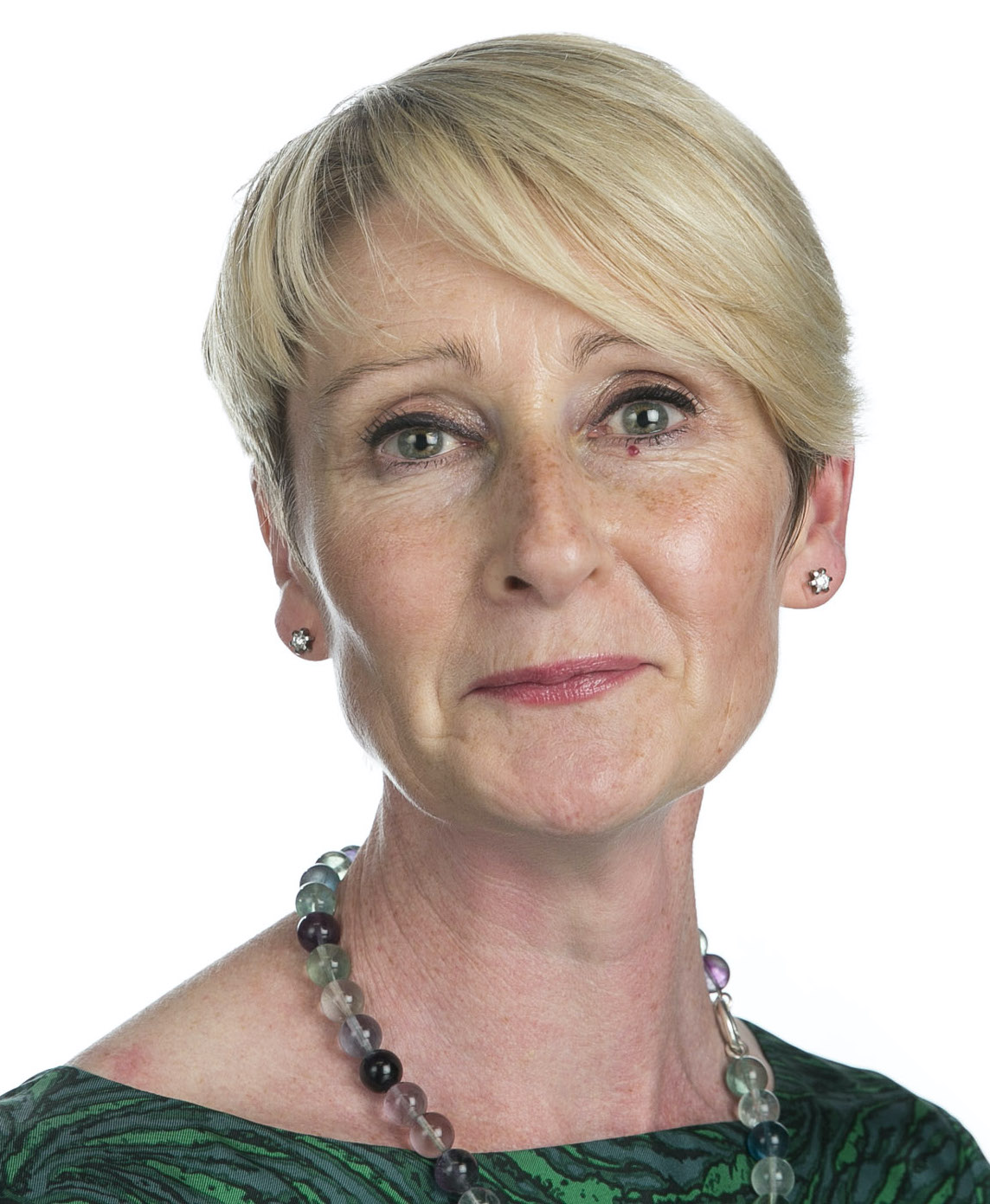
How Design Thinking in Education can Help During COVID-19
In April 2020, Dr Fiona Chambers, a Senior Lecturer in PE and Sport Pedagogy at University College Cork in Ireland, drew an idea on the back of an envelope. She envisioned a plan to kickstart sport and physical activity during and beyond the pandemic, using the principle of Design Thinking in Education.
This idea has become the first Global Design Challenge for Sport and Physical Activity. Here she tells us the reason behind this challenge and how she went about organising it. But first, we wanted to know – what is Design Thinking and how does it work in the field of Education?
Design Thinking in Education

Design thinking is universally used in innovation to solve intractable human-centred problems (Buchanan 1992) in any field, including education. It can be used to innovate processes, products, or services. In so doing, it engages creative multi-disciplinary, multi-stakeholder teams to use a systematic and collaborative approach to identifying and creatively solving problem (Luchs, Swann and Griffin, 2016, p. 2).
Design thinking brings ‘designers’ principles, approaches, methods, and tools to problem-solving’ (Brown, 2008, p.1). Lockwood (2016) asserts that the design thinking process ‘emphasises observation, collaboration, fast learning, visualization of ideas, rapid concept prototyping, and concurrent business analysis’ (n.p.). The defining pillars of design thinking (Brown, 2008) are problem centeredness, nonlinearity, optionality, and the presence of uncertainty and ambiguity (Liedtka, 2015).
Design challenges are wicked (complex) as they are ‘not stable but continually evolving and mutating and had many causal levels’ (Blackman et al, 2006, p.70) and adding to this complexity, there are intergenerational, multisectoral, and multicultural stakeholders associated with the challenge that hold a range of philosophical views. Design thinkers use empathy to understand the end-user and spend 80% of their time defining the problem before moving into the solution space.
Design thinkers have a particular mindset (open, optimistic, comfortable with ambiguity), follow a process (six stages), and use space as a tool for optimising creativity. Design Thinking can be used to develop educational strategy, innovate curricula, assessment, and develop new ways of researching the experiences of young people and all stakeholders in the field of education.
Design Thinking, Education and COVID-19

We are seeing empty football stadiums, matches taking place behind closed doors, and sports clubs of all kinds restricting access. Social distancing restrictions are making training different and changing the nature of participation in sport. At the same time, people are more conscious than ever of the need to stay physically active. The ‘free to enter’ global challenge we set was designed to ask the question:
How might we sustainably redesign sport and physical activity for children and families, the young and the not-so-young, for participants, spectators, fans, and community groups, so that it is inclusive, accessible, attainable – and fun! – during the pandemic and afterwards?
We drew together some of Ireland’s leading sporting organisations, and a range of world organisations, to launch this global design challenge aimed at reimagining what sport and physical activity might look like during and after the Covid-19 pandemic.
Sport Ireland, the Federation of Irish Sport, the Irish National Centre for Outdoor Education and Training, University College Cork Sport, Cork Local Sports Partnership, ISCA, TAFISA, TACTHUB, Deporte para la Educación y la Salud, and Sport for Life Canada looked for the best ideas on how sport and physical activity could survive and thrive in a world remarkably different from what has gone before.
Global Design Challenge for Sport and Physical Activity

The Global Design Challenge for Sport and Physical Activity took place over the weekend of the 26 – 28 June 2020, with teams asked to submit ideas online. In all, 189 teams took part.
When coming up with ideas, participants considered some of the following dimensions:
- What is the potential of sport and physical activity to help moderate the impact of Covid-19?
- Can you evaluate the current methods for managing the safe use of sport and physical activity locations during and after the Covid-19 pandemic?
- How can we improve the clinical care of people with Covid-19 infections through sport and physical activity?
- How can we reduce disparities in sport and physical activity opportunities during crises and post-crisis?
The registered teams were provided with free support in the form of a preliminary one-hour Workshop on Design, with Judie Russell of the Vidacademy providing video-making resources to help participants prepare their pitch.
Having completed the judging in July, there are now 37 finalist teams from across 40 countries and 12 time zones. These teams are now entering the eight-month incubation phase (September 2020 to April 2021) where Partners/Incubators will help teams to test their ideas and to seek funding. Successful teams are also being mentored by experts from across all sectors.
The Global Design Challenge for Sport and Physical Activity is being observed by UNESCO, Commonwealth Secretariat, and the World Health Organisation.
Many research organisations are supporting the Challenge, including AIESEP, and PHE Canada and EERA, in particular, NW18 Research in Sport Pedagogy i.e. Dr Rachel Sandford and her team of convenors.
You can find the other participant videos here.
“We are using the principles of Design Thinking to reimagine a world of sport and physical activity and we invite the best ideas from around the globe”.
If you want to know more:
Here is our website: https://www.tacthub.com/sportinnovation
Follow us on
Instagram: https://www.instagram.com/globaldesignchallengesport/
Facebook: https://www.facebook.com/GlobalDesignChallenge/
Twitter: https://twitter.com/GlobalDesignCh1
Global Design Challenge 2.0 will be launched in May 2021
References
Buchanan 1992 https://www.jstor.org/stable/1511637?origin=JSTOR-pdf&seq=1
Luchs, Swann and Griffin, 2016, p. 2 https://onlinelibrary.wiley.com/doi/book/10.1002/9781119154273
Brown, 2008, p.1 https://pubmed.ncbi.nlm.nih.gov/18605031/
Liedtka, 2015 https://onlinelibrary.wiley.com/doi/10.1111/jpim.12163

Dr Fiona Chambers
Head of the School of Education, University College Cork in Ireland
I am the Head of the School of Education, a Senior Lecturer in PE and Sport Pedagogy at University College Cork in Ireland. I am also a Hasso-Plattner Institute-certified Design Thinking Coach and the Programme Director for the new PGDip in Innovation through Design Thinking at my university.
My teaching, research and civic engagement focuses particularly on the areas of (a) Physical Education and Sport Pedagogy, (b) Mentoring, and (c) Social Innovation. Since 2009, I have been a reviewer on 12 international high impact peer review journals and a reviewer for Routledge books. Since 2009, I have published 4 edited books, 14 books, 27 book chapters, 18 peer reviewed articles and 115 conference papers. I am (i) an Invited Member of UNESCO Scientific Committee for Physical Activity; (ii) Secretary General, Association Internationale des Écoles Superiéure d’Éducation Physique (AIESEP); (iii) Co-founder and Convenor of European Educational Research Association (EERA) Network on Research in Sport Pedagogy (iv) founder of the Global Design Challenge for Sport and Physical Activity.
